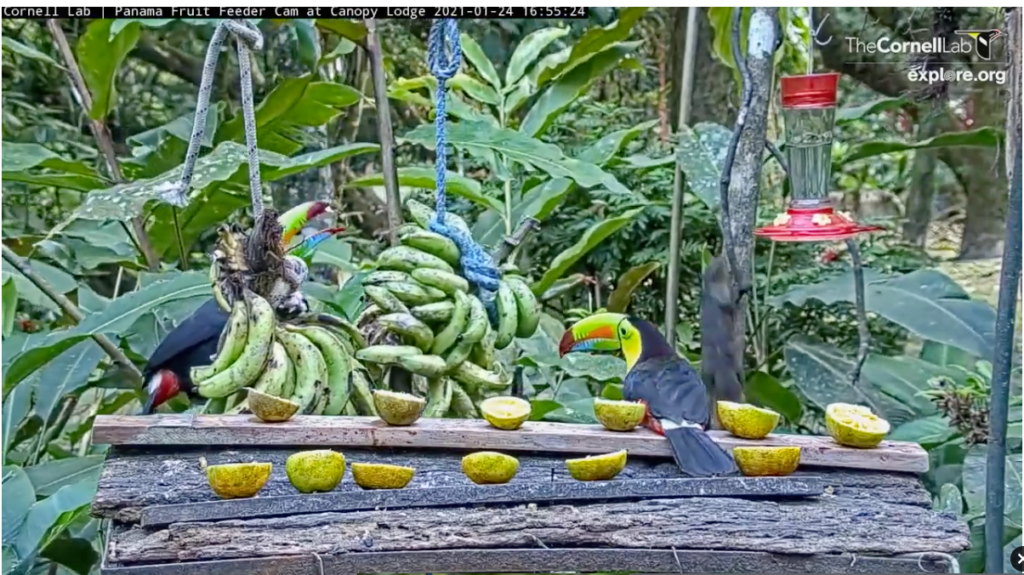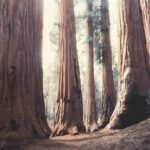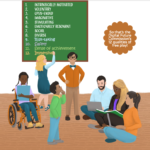The first case of COVID-19 was identified one year ago in California (my home state) on January 25, 2020. Today, the SARS-CoV-2 virus and its variants impact every aspect of our lives. In California alone, the current data reports over 3 million infections. In particular, this microscopic virus has revealed ever more clearly the harsh injustices of social inequality that require our immediate attention and action. The new Biden administration’s laser focus on the pandemic, placing it front and center, reflects the seriousness of what we’re facing.
It has been tempting to imagine this will all go away soon. Today, it’s pretty clear, the virus is with us for a while. I have asked myself many times, “What can I do to support well-being during such a a challenging time—for myself, my family and friends, and my communities, local and online?” I find myself returning to the tag line I chose when I started this blog in December, 2016. You can see it in the Mindful Digital Life header I use in my email newsletter—it’s nestled in the clouds. Grounded in Nature & Connection.

How we ground in nature is very unique to individuals and families. How we ground depends on where we live, how we work, the ages of our children and grandchildren, how we were raised, just to name a few influences. Working from home as I am, here at my desk, I am lucky to have a ground floor apartment with a small fenced-in patio with lemon trees, a magnolia tree, and even a majestic pine tree. The first thing I did when I moved here at the start of the pandemic was to repurpose a planter stand and a a large planter saucer into a bird bath. Keeping the water fresh for the birds is one of the best grounding activities I could have imagined. Over the months I’ve had the pleasure of watching new birds discover this watering hole. I’ve learned to have my small binoculars right on my desk beside my laptop. When I see a bird at the bath, I stop what I’m working on and pull the binoculars to my eyes to study how they drink, bathe, and clean their feathers. Such moments renew me. And the science bears my subjective experience out. Here’s a quote from a recent Audubon article, More Birds Bring More Happiness, According to Science.
A growing body of scientific evidence also shows that the joy delivered by birds isn’t just anecdotal. Research increasingly links exposure to nature—and specifically, exposure to birds—with improved wellbeing. In December, a new study by the German Center for Integrative Biodiversity Research connected greater bird biodiversity to increased life-satisfaction for more than 26,000 people in 26 European countries. It turns out the people who live near natural areas with a greater diversity of bird species were demonstrably happier. In fact, the study found that seeing 10 percent more bird species generates satisfaction on par with a comparable increase in income.
I’ve written previously about the Backyard Birds of Western North America Flash Cards that I ordered from TheCornellLab. Playing with the flash cards is an activity I’ve found to be successful via Zoom and Facetime calls with my almost-3-year-old granddaughter. She can identify quite a few of the birds now. I started with my own favorites—the Northern Flicker, the Yellow-billed Magpie, the Great Blue Heron, the Snowy Egret, the Red-winged Blackbird. I don’t share these with her because I think memorizing bird names is important. I share them with her because recognizing birds helps us notice them. And it is fun. She enjoys the cards and asks for them when we’re on video calls.
What birds do you notice where you live? Cornell Lab has an enormous amount of resources. Spend a little time with your children exploring their website this week. (Some days when I have a lot of work at my computer, I’ll put one of the live cams up…I especially enjoy the Sapsucker Woods Pond Cam, located at the lab in Ithaca, NY. And some days, I’ll watch the Panama Fruit Feeders Cam.)
Next post, I’ll share some stories about grounding in connection.

A few additional resources
Facing History and Ourselves offers Reflecting on Amanda Gorman’s “The Hill We Climb.”
If you have older kids and/or students who want to understand viruses better, Harvard offers:


